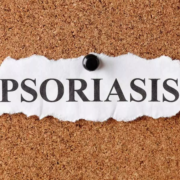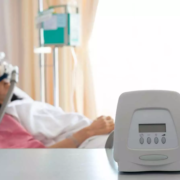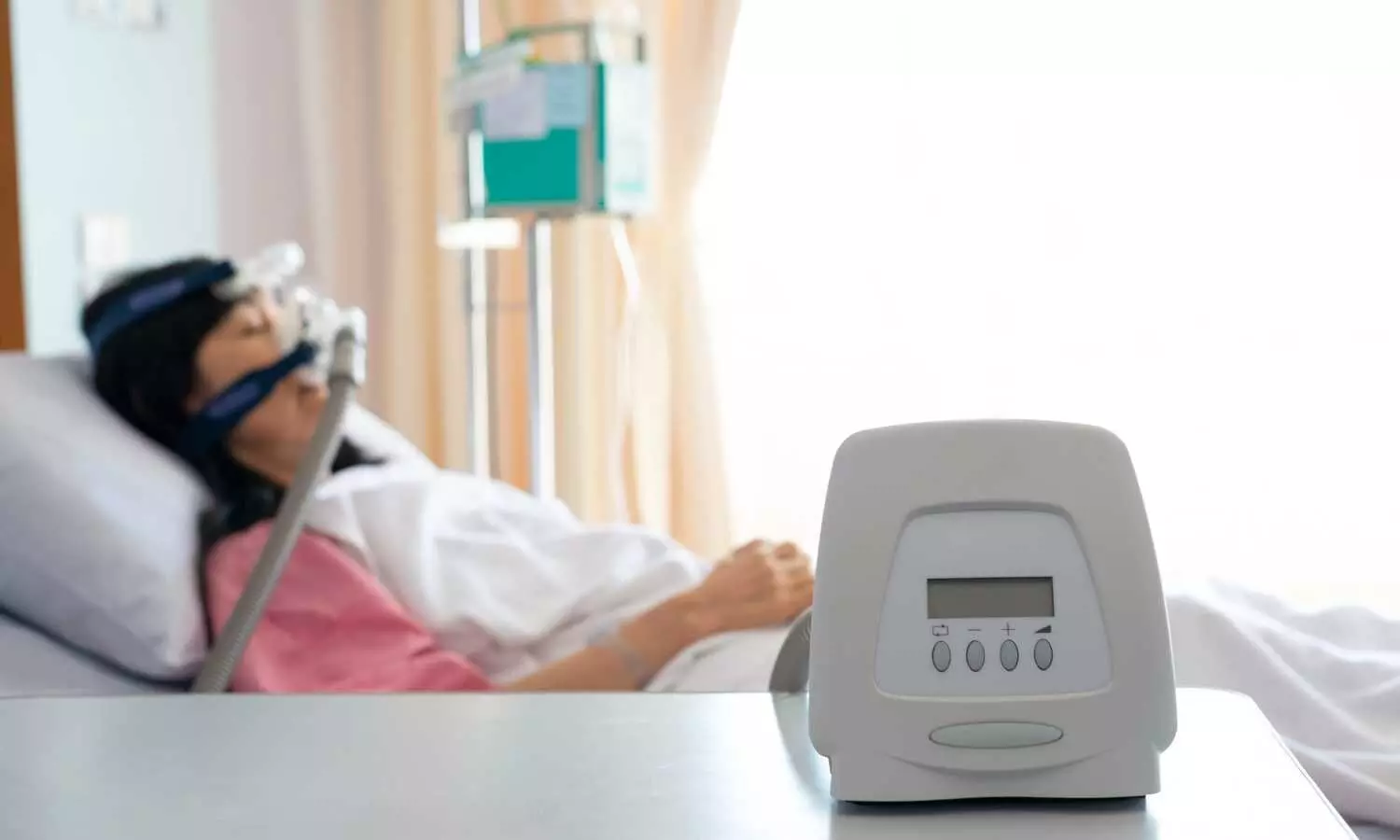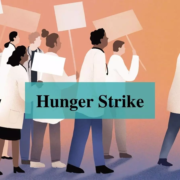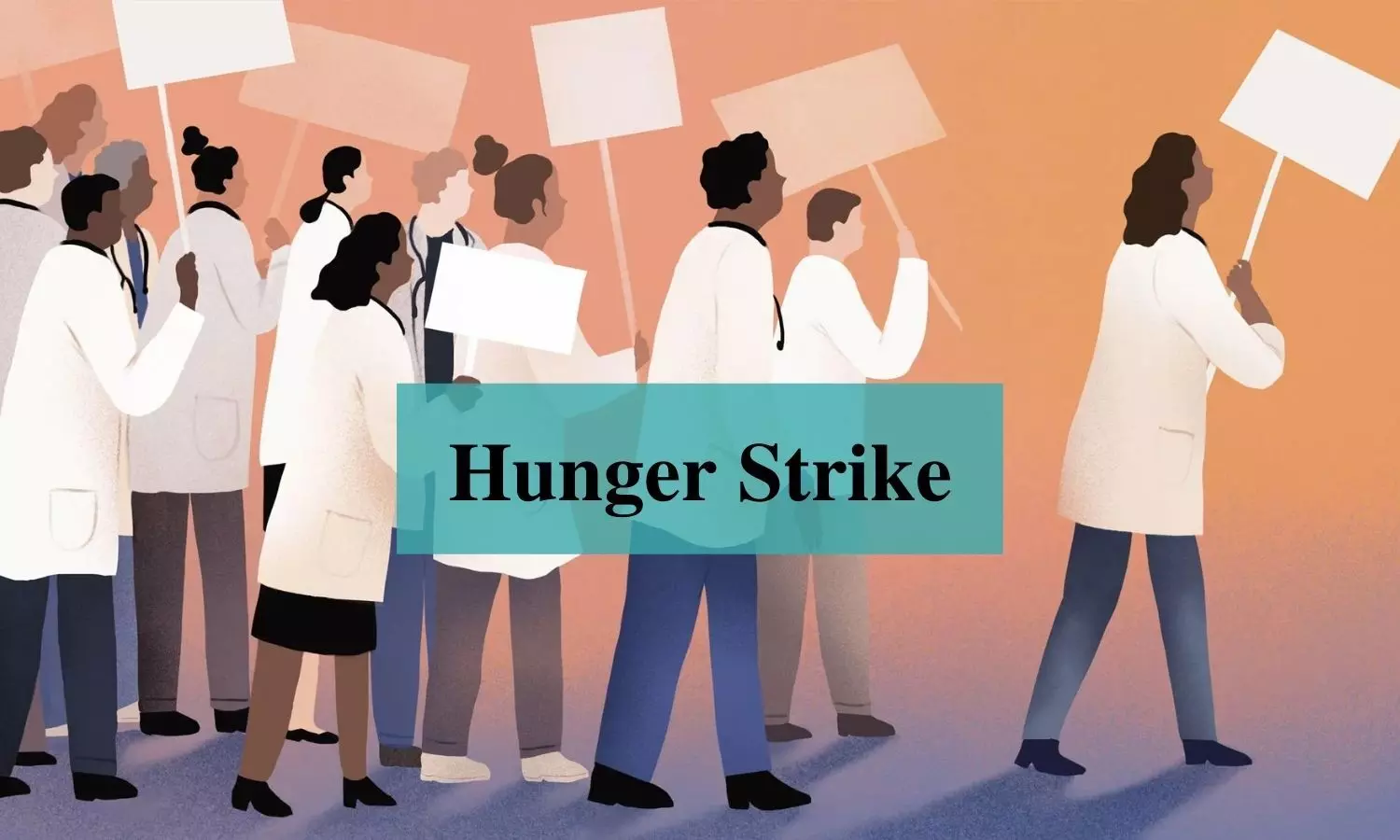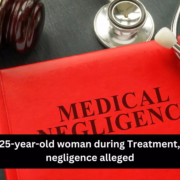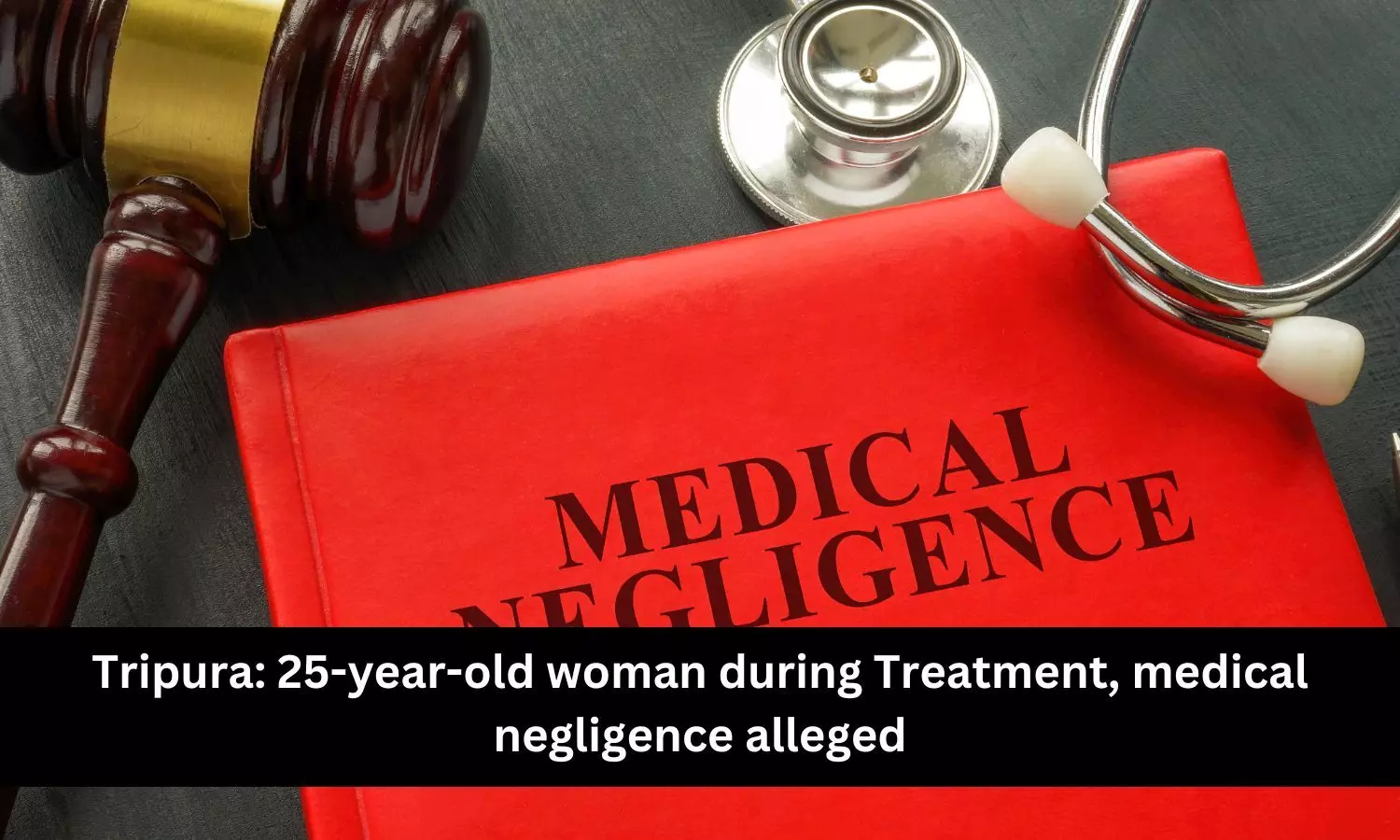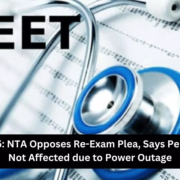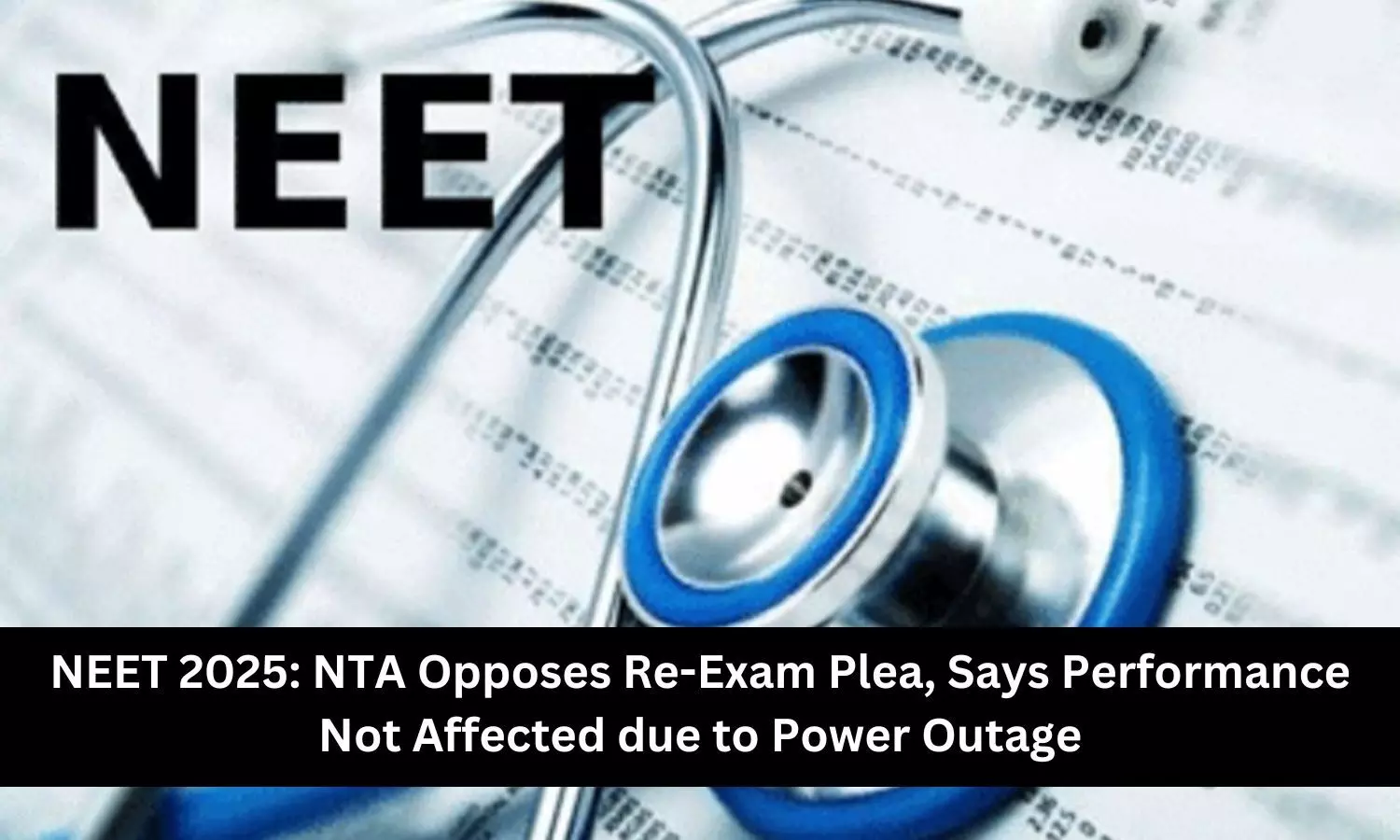Icotrokinra Shows High Efficacy and Safety in Treating Adolescent Psoriasis: Study
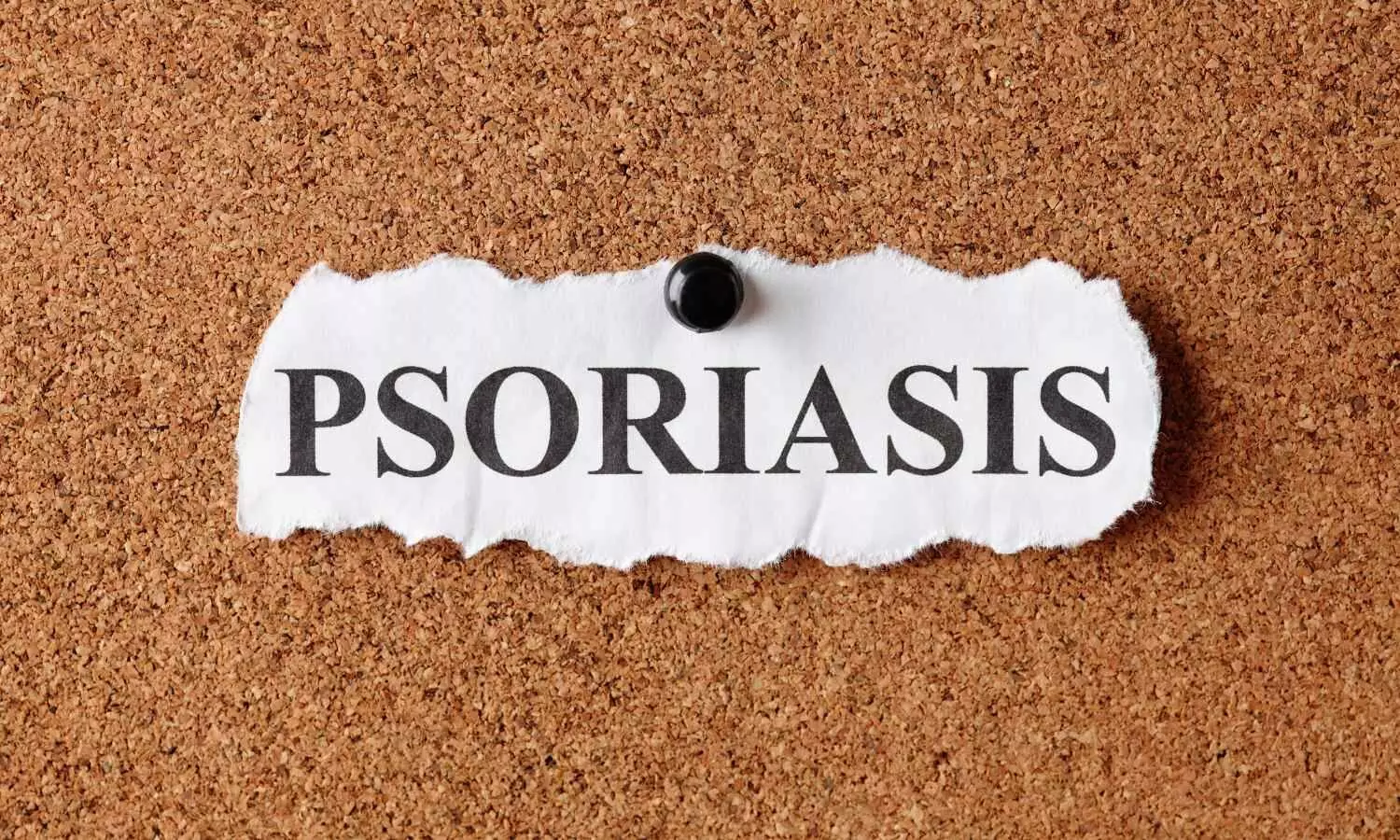
A new subgroup analysis reveals that adolescents with moderate-to-severe plaque psoriasis treated with once-daily icotrokinra (JNJ-2113) achieved significantly higher skin clearance at 16 weeks compared to placebo. Notably, 84.1% reached IGA 0/1 and 70.5% attained PASI 90. No new safety concerns emerged, supporting the drug’s efficacy and safety in both adolescents and adults.
Icotrokinra is a first-in-class investigational targeted oral peptide that selectively blocks the IL-23 receptor and is being studied in adults and adolescents 12 years of age and older with moderate-to-severe plaque PsO.
In the study, 84.1% of adolescent patients treated with once daily icotrokinra achieved an Investigator’s Global Assessment (IGA)b score of 0/1 (clear or almost clear skin) and 70.5% achieved a Psoriasis Area and Severity Index (PASI)c 90 response, compared to 27.3% and 13.6% receiving placebo, respectively, at Week 16.
Response rates continued to improve through Week 24 where 86.4% of adolescents achieved IGA 0/1 (clear or almost clear skin) and 88.6% achieved PASI 90.1 Further, at Week 24, 75% of adolescents achieved IGA 0 (completely clear skin) and 63.6% achieved PASI 100.
“Data from the Phase 3 ICONIC LEAD subgroup analysis demonstrate impressive efficacy rates, showing the promise of this novel therapeutic option in the treatment of adolescents with moderate-to-severe plaque psoriasis who’ve often not yet received an advanced therapy,” said Lawrence Eichenfield, M.D., Chief of Pediatric and Adolescent Dermatology at Rady Children’s Hospital-San Diego, and Professor of Pediatrics and Medicine (Dermatology), at the University of California, San Diego (UCSD) School of Medicine, ICONIC-LEAD presenter.d “Young patients with plaque psoriasis face unique challenges due to the visible and uncomfortable nature of the disease, making effective treatment options that align with their needs and preferences all the more important.”
Icotrokinra demonstrated a favorable safety profile. At Week 16, 50% of adolescents treated with icotrokinra experienced ≥1 adverse event (AE), compared to 73% of adolescents receiving placebo, with no new safety signals identified.
“Adolescents living with moderate to severe plaque psoriasis shouldn’t have to wait for effective treatments options that have the potential to deliver completely clear skin, which is the driving force for studying this younger population as part of the pivotal ICONIC program,” said Liza O’Dowd, Vice President, Immunodermatology Disease Area Lead, Johnson & Johnson Innovative Medicine. “These data underscore the promise of next-generation therapies and the potential for icotrokinra to offer adolescents with moderate-to-severe plaque psoriasis the unique combination of a favorable safety profile and complete skin clearance in a once-daily pill.”
About Plaque Psoriasis
Plaque psoriasis (PsO) is a chronic immune-mediated disease resulting in overproduction of skin cells, which causes inflamed, scaly plaques that may be itchy or painful.9 It is estimated that 8 million Americans and more than 125 million people worldwide live with the disease.10 Nearly one-quarter of all people with plaque PsO have cases that are considered moderate to severe.11 On Caucasian skin, plaques typically appear as raised, red patches covered with a silvery white buildup of dead skin cells or scale.11 On skin of color, the plaques may appear darker and thicker and more of a purple, gray or dark brown color.12 Plaques can appear anywhere on the body, although they most often appear on the scalp, knees, elbows, and torso.12 Living with plaque PsO can be a challenge and impact life beyond a person’s physical health, including emotional health, relationships, and handling the stressors of life.12 Psoriasis on highly visible areas of the body or sensitive skin, such as the scalp, hands, feet, and genitals, can have an increased negative impact on quality of life.12,13
About Icotrokinra (JNJ-77242113, JNJ-2113)
Investigational icotrokinra is the first targeted oral peptide designed to selectively block the IL-23 receptor,14 which underpins the inflammatory response in moderate-to-severe plaque PsO, ulcerative colitis and offers potential in other IL-23-mediated diseases.15,16 Icotrokinra binds to the IL-23 receptor with single-digit picomolar affinity and demonstrated potent, selective inhibition of IL-23 signaling in human T cells.17 The license and collaboration agreement established between Protagonist Therapeutics, Inc. and Janssen Biotech, Inc., a Johnson & Johnson company, in 2017 enabled the companies to work together to discover and develop next-generation compounds that ultimately led to icotrokinra.18
Icotrokinra was jointly discovered and is being developed pursuant to the license and collaboration agreement between Protagonist and Johnson & Johnson. Johnson & Johnson retains exclusive worldwide rights to develop icotrokinra in Phase 2 clinical trials and beyond, and to commercialize compounds derived from the research conducted pursuant to the agreement against a broad range of indications.19,20,21
Icotrokinra is being studied in the pivotal Phase 3 ICONIC clinical development program in moderate-to-severe plaque psoriasis and active psoriatic arthritis and the Phase 2b ANTHEM-UC study in moderately to severely active ulcerative colitis.
Powered by WPeMatico

